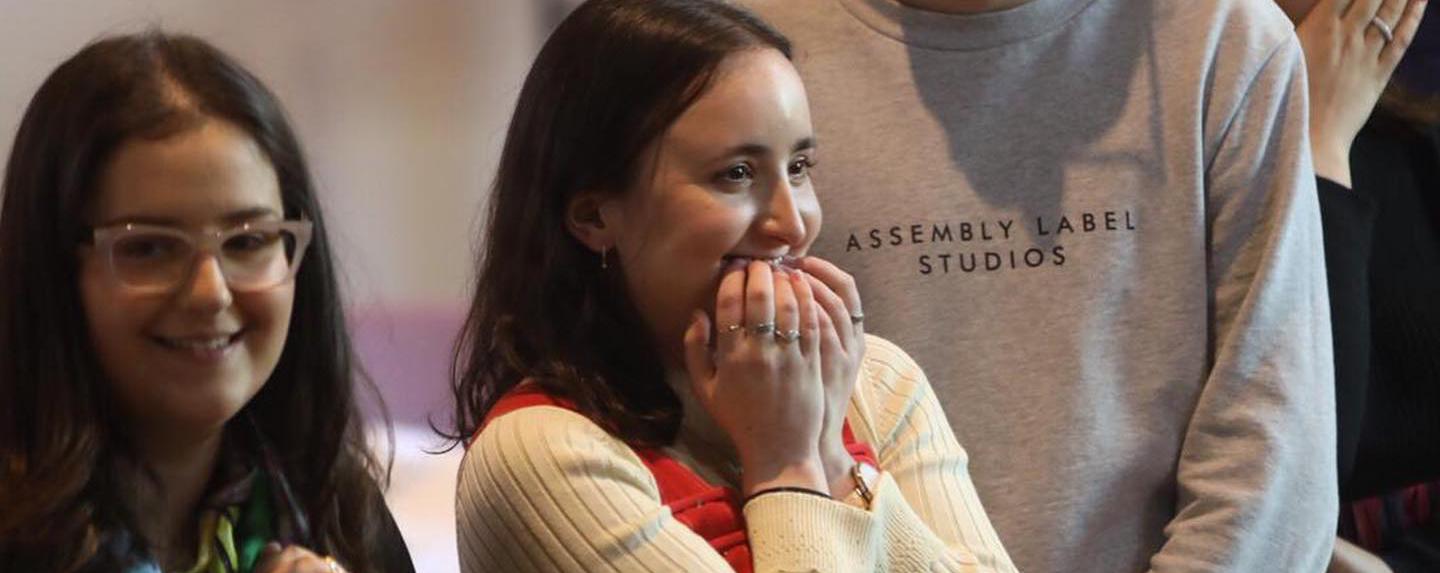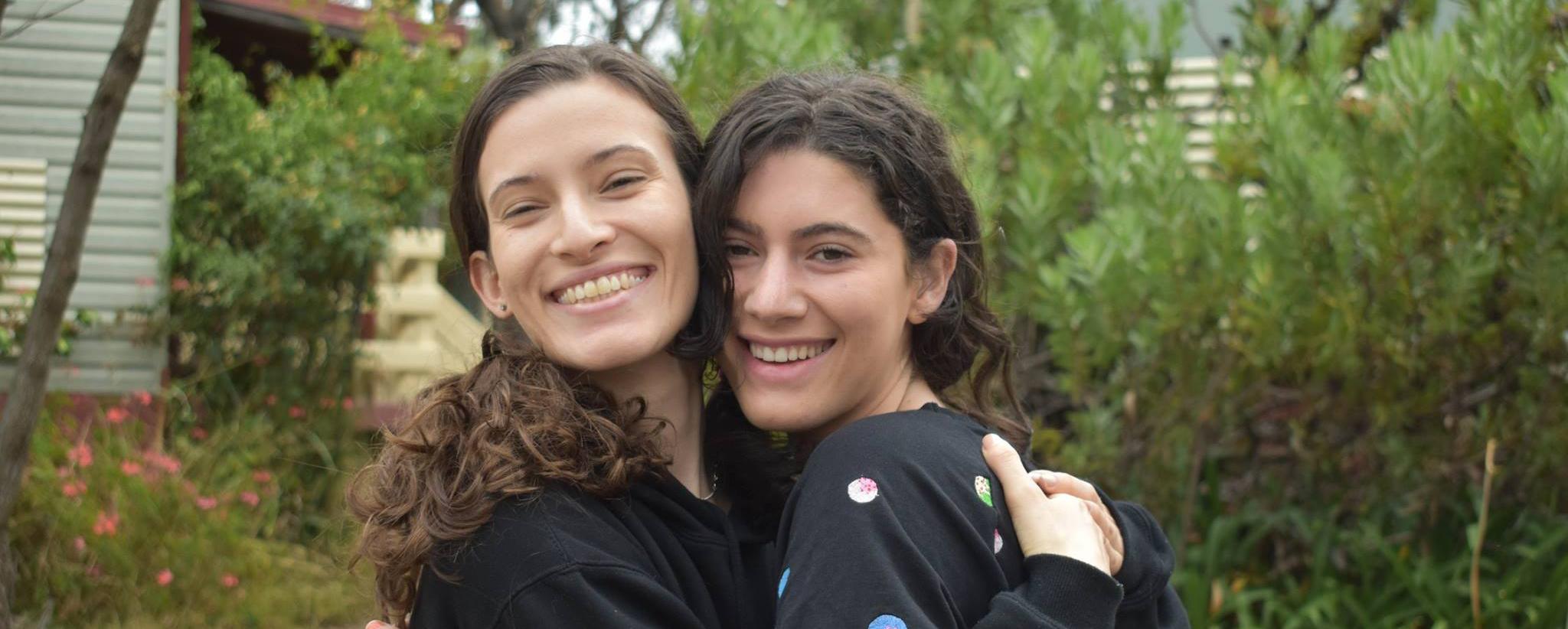THE KOSHER OYSTER MAGAZINE
THE M OR AL COS T O F O UR CO MMUN I T Y ’S AF F OR DA B I L I T Y P R O B L E M By Avi Bart
In keeping with the theme of “The Imperfect Jew”, I would like to discuss what I see as a major upstream determinant of our imperfect Jewish community: the moral costs of our community’s affordability problem. The financial barriers to the access of Jewish life in Australia and around the world have been discussed ad nauseum. While part of this affordability problem is specific to the Judaism of our community – Jewish school fees, Shul membership and the costs associated with the Jewish holidays, for example – much of it arises in the more general context of servicing the cars, homes and holidays of an upper-middle class Jewish lifestyle. To date, the conversation has centred on money: How can we raise more? And how can we spend less? However, while grappling with affordability is obviously an essential component of this conversation, it neglects the ultimate cost of our community’s materialistic mentality. The true damage of our community’s affordability problem is not financial, but moral. The orientation of our community’s “Skinner’s box” – the carrots and sticks rewarding different behaviours – nudges us towards pursuing professions. For financial and social reasons, from a young age we are encouraged implicitly and explicitly to pursue professional careers. Our community’s messaging highlights the remuneration of professions compared with vocations or the arts, as the means to fund our upper-middle class lifestyle. The perceived social value of professions and professionals further works to incentivise the pursuing of professions. Medicine, for example, is a profession viewed positively as contributing to a broader social good. That someone is a doctor acts as a signal both of their intelligence and their goodness. Furthermore, in a community with a high prevalence of Jewish doctors, there is often an additional family component that nudges
students towards medicine. Bolstered by the many Jewish doctors at the top of their fields who serve as role models in outlining a clear path to personal and professional success, young people come to view becoming a top doctor as an achievable and admirable aim. At a certain point, all of this becomes self-reinforcing. People who pursue professions are tagged as “successful” – and “success”, at least in the material domain, comes to be interpreted as pursuing a profession. That “my son/daughter the doctor” makes Jewish mothers happy is axiomatic. But do all our kids really want to be doctors or lawyers or accountants? Professions are wonderful for the people who want to do them and are suited to them. But there is a moral cost to the primacy we place on professions – the “opportunity cost” of people pursing other areas they are better suited to. People being nudged towards high-paying professions necessitates them being nudged away from lower-paying professions, vocations and the arts – all of which someone might be much better suited to and find much more meaningful than pursuing a high-paying profession. With its valuing of the intellectual, I think our community does an excellent job of supporting and cultivating “above the shoulders”people but fails“below the shoulders” people – those who express themselves through their bodies, hands and hearts. Unfortunately, the contrapositive of the self-reinforcing success cycle becomes true for these people. It is public perception of lower-paying professions, vocations and the arts that foots the bill for the inflated social value of high-paying professions. Disincentivising lower paying professions, vocations and the arts incurs a hefty price. With less writers, researchers, artists, teachers, and truckdrivers, we lose the value of diversity and the fertile ground for the cross-pollination of
16










